breast
augmentation
What is Breast Augmentation?
Breast augmentation is a surgical procedure used to enhance the size and shape of a woman's breasts by inserting an implant behind each breast. Breast implants can be placed under or over the pectoral muscles.
Candidates for Breast Augmentation
Ideal candidates include women who feel their breasts are too small, suffer a reduction in breast volume after pregnancy, or have a difference in breast size. We also recommend patients be in generally good health, have realistic expectations, be nonsmokers, and not be pregnant or breastfeeding.
Types of Breast Augmentation Incisions
Peri-areolar Incision
The peri-areolar incision is placed along the lower edge of the areola. Through this incision, a pocket is created to place the implant into. This incision makes scarring easier to disguise.
Inframammary Incision
The inframammary incision is placed along the crease of the breast. Once the incision is made, your doctor will then make a pocket in the breast to place the implant. Placing the incision along the crease makes it easier to hide any scarring.
Breast Implant Placement Options
Subglandular placement
Placing the implant over the pectoral muscle (subglandular) often leads to less movement during physical activity and comes with less discomfort after surgery.
Submuscular placement
The submuscular placement places the breast implant under the pectoral muscle. This can produce a more natural appearance, reduce the risk of capsular contracture, and lead to more accurate mammograms.
Before & After Photos
Take a look at the outstanding results Dr. Atalla and Dr. Durnen have achieved with our past patients!
Types of Implants For Breast Augmentation
Saline Implants
Saline implants are filled with salt water and provide a uniform shape, firmness, and feel. If they leak, your body will simply absorb the saline solution without any issues.
Silicone Implants
Silicone implants are filled with silicone gel that feels more like natural breast tissue. If the implant leaks or ruptures, the gel will either remain in the shell of the implant or leak into the breast pocket. If there is a leak, you will want to have it addressed as soon as possible.
Gummy Bear Implant
Gummy bear implants are form-stable implants that maintain their shape even when the implant is broken. The silicone gel is thicker than the gel in regular silicone implants, and the implants are often firmer.
Fat Transfer
For more subtle, natural results, fat transfer may be right for you. By taking fat from one area of the body (usually the abdomen, back, or thighs) and injecting it into the breasts, you can increase the size of your breasts and don’t have to worry about the possible risks that come with implants.
Types of Silicone Shell Breast Augmentation Implants
Round Breast Implant
Round breast implants tend to make the breasts look fuller and can provide more projection than other types of silicone shells. Additionally, if these implants rotate, because they are round, you don’t have to worry about your breasts changing shape.
Smooth Breast Implant
Smooth breast implants typically provide more natural-looking results and allow the breasts to move as they would naturally. These are also the softest of the silicone implants.
Alternatives to Breast Augmentation
If you’re struggling with sagging breasts, a breast lift can be a good alternative to breast augmentation. If you’d still like to increase the size of your breasts while also addressing sagging, you can combine a breast lift and breast augmentation together for a full rejuvenation.
What to Expect During The Consultation
During your consultation, Dr. Atalla or Dr. Durnen will review your medical history, perform an exam, and answer any questions you have about the procedure. This is the perfect time to bring up any concerns you have or ask about risks or side effects. From there, you’ll be able to schedule your surgery, and your doctor will create a treatment plan tailored to your needs.
The Breast Augmentation Procedure
To start the procedure, we’ll administer general anesthesia to ensure you’re completely comfortable. From there, an incision will be made either in the breast crease or around the areola. A pocket will then be made in the breast, and the implant will be placed above or below the pectoral muscle. The incisions will be closed once both implants are in place, and then you’ll be ready to begin the recovery process.
Recovering From Breast Augmentation Surgery
To start your recovery process, you will likely experience swelling, bruising, and discomfort. Before you leave the office, your provider will give you detailed aftercare instructions on how best to take care of your incisions and heal. You’ll also receive a prescription for pain medication and a support bra to help the healing process.
You’ll need to take at least two weeks off work and avoid any strenuous activity. Make sure to attend all your follow-up appointments.
What to Expect Following a Breast Augmentation
You will likely feel sore and fatigued for the first couple of weeks, and your breasts will be sensitive. You’ll want to rest as much as possible, and you likely won’t be able to return to your normal level of activity for six weeks or more.
As the swelling subsides, you will be able to see your full results. It takes about 3-6 months before the final results are visible.
What is the Cost of a Breast Augmentation?
The cost of breast augmentation can differ from patient to patient. It will depend on the extent of the surgery and the type of implants used.
What are the Risks of Breast Augmentation?
Some of the risks and complications associated with breast augmentation include:
- Bleeding
- Swelling
- Infection
- Fluid accumulation
- Breast asymmetry
- Capsular contracture
- Implant leak or rupture
Follow Up
With breast implants, you’ll come in for your regular follow-ups after surgery, but then, you’ll want to have regular MRI or ultrasound monitoring after 5-6 years and then every 2-3 years after that to check for leaks, ruptures, or other concerns.
Dr. Atalla discusses what to expect with breast augmentation surgery.
Are breast implants under warranty?
Can breast implants last 30 years?
Do you have to replace breast implants every 10 years?
Does getting breast implants make you gain weight?
Does insurance cover breast implants?
How long do breast implants last?
How much does breast augmentation cost?
What are Natrelle breast implants?
What is the difference between a breast augmentation and breast implants?
Can I move my arms after breast augmentation?
Can you breastfeed after breast augmentation?
Do breast implants cause autoimmune disease?
Do breasts sag after breast augmentation?
How do I prepare for breast implants?
How long are breast augmentation incisions sore?
Dr. Victor Atalla is a licensed and Board Certified Plastic Surgeon specializing in cosmetic, breast and reconstructive surgery. Dr. Atalla sees all of his patients personally prior to surgery. He is available to see patients for follow-up consults to answer questions and discuss surgical details.




